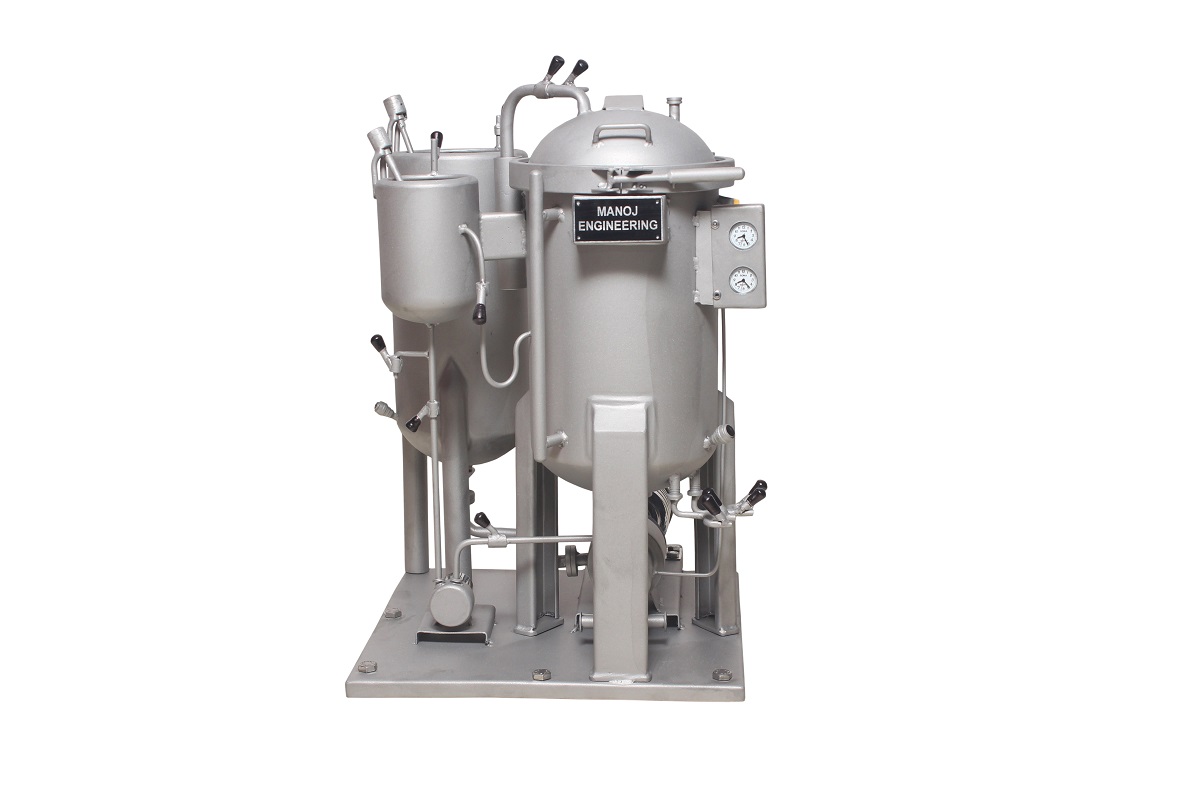Color Matching
Used to achieve accurate color matching for specific threads before mass production. In sample dyeing, small samples of fabric, yarn, or thread are dyed using specific dyes and dyeing methods to replicate the final product’s appearance. It provides valuable insights into how the dye reacts with different fibers, its absorption rate, and color fastness. The process helps in assessing whether the selected dyeing process is suitable for the type of material, ensuring that the color remains consistent and stable over time. One of the key advantages of sample dyeing is its ability to perform color matching for various applications, such as fashion, textiles, home furnishings, and industrial textiles.
Whether experimenting with natural or synthetic fibers, sample dyeing provides the opportunity to test a variety of dyes and techniques on smaller batches without committing to large quantities. It’s particularly useful for research and development, as well as quality control, allowing adjustments to be made to the dyeing process before it is scaled up. This process is also invaluable for ensuring compliance with industry standards, ensuring fabric color uniformity, and meeting client specifications. With precise control over temperature, dye concentration, and dyeing time, sample dyeing machines help to replicate real-life production conditions on a smaller scale, making it easier to perfect color and technique before large-scale production begins.
Color Accuracy and Matching
One of the main advantages of sample dyeing is the ability to precisely match colors. By dyeing small fabric or yarn samples, manufacturers can accurately assess the final color result before committing to large-scale production. This ensures that the colors match the required specifications and meet the client’s expectations. Cost Efficiency: Sample dyeing reduces the costs associated with large-scale dyeing by allowing manufacturers to experiment with dyeing formulas and techniques on small batches. This means that resources such as dye, water, and energy are used efficiently, with minimal wastage, reducing overall production costs. Flexibility in Testing: Sample dyeing provides the flexibility to test different dyeing techniques, concentrations, and temperatures. This enables manufacturers to experiment with various dyes and processes to find the best combination for the fabric or material being dyed. It also allows for adjustments to be made before the process is scaled up.


